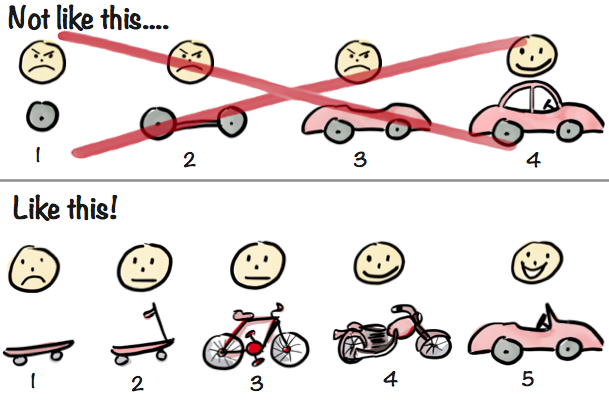Product Design Stages
Designing a product involves several stages that help ensure the successful development and launch of a product that meets customer needs. Here are the typical stages of product design:
Idea Generation
- Brainstorming: Generate a pool of ideas through collaborative sessions.
- Market Research: Understand customer needs, industry trends, and competition.
Concept Development
- Idea Screening: Evaluate and filter ideas based on feasibility and alignment with business goals.
- Feasibility Analysis: Assess technical, economic, and operational feasibility of potential concepts.
Market and User Research
- User Personas: Create detailed profiles of target users.
- Market Analysis: Understand the market, identify target audience, and analyze competitors.
Prototyping
- Paper Prototypes: Create low-fidelity prototypes for initial concept testing.
- Digital Prototypes: Develop interactive digital prototypes for more realistic user testing.
Design Development
- Detailed Design: Develop detailed specifications for the product.
- Material Selection: Choose appropriate materials based on design requirements.
Testing and Iteration
- Usability Testing: Gather user feedback on prototypes.
- Iterative Design: Make necessary adjustments based on testing results.
Engineering and Development
- Design for Manufacturing (DFM): Optimize the design for efficient production.
- Collaboration: Ensure close collaboration between design and engineering teams.
Production Planning
- Vendor Selection: Choose suppliers and manufacturers.
- Supply Chain Management: Plan logistics and ensure a smooth production process.
Quality Control
- Quality Assurance: Implement processes to maintain product quality.
- Testing: Conduct rigorous testing of final products.
Marketing and Branding
- Brand Strategy: Develop a marketing strategy and positioning.
- Packaging Design: Design product packaging for visual appeal.
Launch
- Market Entry: Introduce the product to the market.
- Promotion: Execute marketing and advertising campaigns.
Post-Launch Evaluation
- Feedback Analysis: Gather and analyze customer feedback.
- Performance Evaluation: Assess the product's performance in the market.
Continuous Improvement
- Updates and Upgrades: Release updates or new versions based on feedback.
- Market Monitoring: Stay informed about market trends for future iterations.
End-of-Life Planning
- Disposal Strategies: Plan for the product's end-of-life, including recycling or disposal.
Throughout these stages, effective communication and collaboration among cross-functional teams (design, engineering, marketing, etc.) are crucial for success. Additionally, staying agile and adaptable to changes based on user feedback and market dynamics is key to designing a successful product.
MVP (Minimum Viable Product)

- Avoid Big Bang delivery for complex, innovative product development. Do it iteratively and incrementally. You knew that already. But are you actually doing it?
- Start by identifying your skateboard – the earliest testable product. Aim for the clouds, but swallow your pride and start by delivering the skateboard.
- Avoid the term MVP. Be more explicit about what you’re actually talking about. Earliest testable/usable/lovable is just one example, use whatever terms are least confusing to your stakeholders.
- Continuous Buyable Product